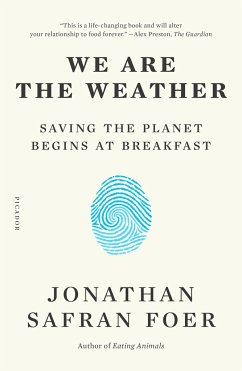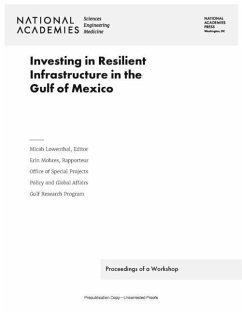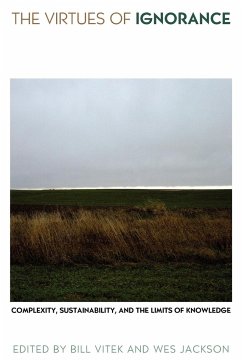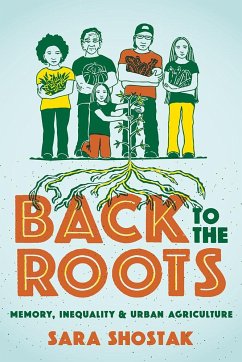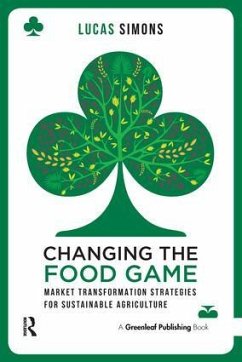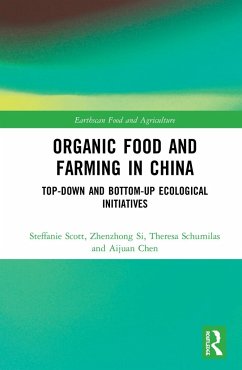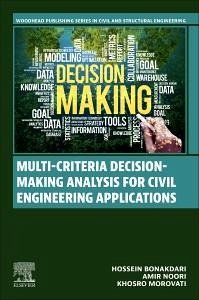Nicht lieferbar
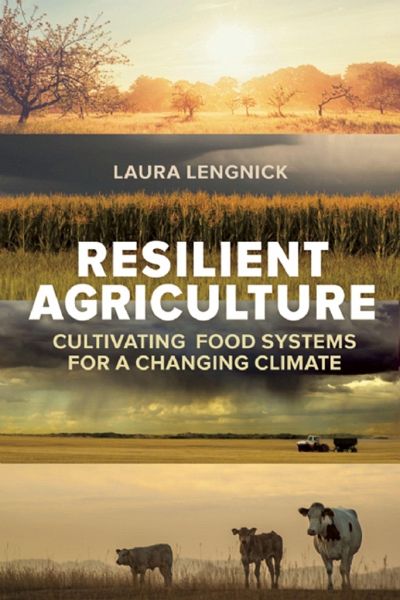
Resilient Agriculture: Cultivating Food Systems for a Changing Climate
Versandkostenfrei!
Nicht lieferbar
SUSTAINABLE CLIMATE-READY FOOD SYSTEMS TO FEED A WARMING WORLD As we start to change the weather, resilience will become a watchword for farmers,as this fine book demonstrates. It’s strong adviceand it reinforces the essential truth, which is that we must keep climate from changing too muchbecause there’s nothing even the best farmer can do to cope with a truly overheated planet. BILL MCKIBBEN, author, Deep Economy MANAGING CROPS and livestock in a changing climate creates unprecedented challenges for North American food producers. Resilient Agriculture explores the solutions in sustainabl...
SUSTAINABLE CLIMATE-READY FOOD SYSTEMS TO FEED A WARMING WORLD As we start to change the weather, resilience will become a watchword for farmers,as this fine book demonstrates. It’s strong adviceand it reinforces the essential truth, which is that we must keep climate from changing too muchbecause there’s nothing even the best farmer can do to cope with a truly overheated planet. BILL MCKIBBEN, author, Deep Economy MANAGING CROPS and livestock in a changing climate creates unprecedented challenges for North American food producers. Resilient Agriculture explores the solutions in sustainable agriculture by blending the experiences of award- winning farmers and ranchers with a comprehensive review of the latest science on climate risk, adaptation and resilience to examine: The opportunities and complexities created by rising temperatures, a lengthening growing season and increasing weather variability and extremes The actions taken by sustainable producers to maintain production in more variable weather conditions The innovations needed in North American agriculture and food systems to cultivate a resilient food future. The climate change challenge is real, and it is here now. The rich knowledge base contained in Resilient Agriculture serves as the cornerstone of an evolving, climateready food system that sustains land and community well into the 21st century. [Lengnick] asks farmers and ranchers who are creating new food systems that are more climate and community friendly to tell their stories of what they are doing, how they are doing it, and why. Accessible and compelling a must-read that builds hope for systemic change for a more sustainable future. CORNELIA BUTLER FLORA, Charles F Curtiss Professor Emeritus, Sociology and Agriculture and Life Science, Iowa State University; and Research Professor, Kansas State University LAURA LENGNICK is a researcher, policymaker, activist, educator and farmer whose work explores the community-enhancing potential of sustainable agriculture and food systems. Laura contributed to the 3rd National Climate Assessment as a lead author of the USDA report Climate Change and Agriculture in the United States: Effects and Adaptation. After leading the academic program in sustainable agriculture at Warren Wilson College for more than a decade, Laura is now an affiliated researcher with the Local Food Research Center and a climate resilience planning consultant with Fernleaf Solutions, both located in Asheville, NC.





